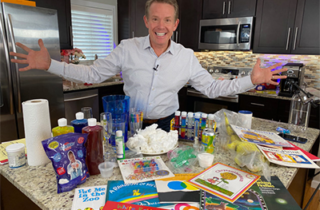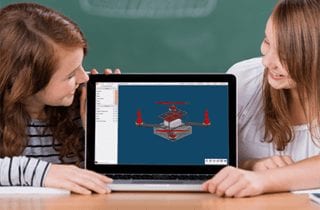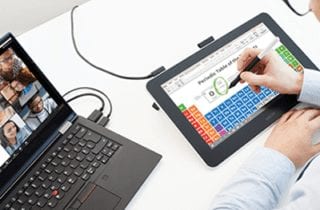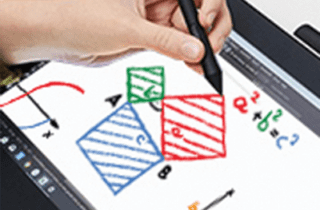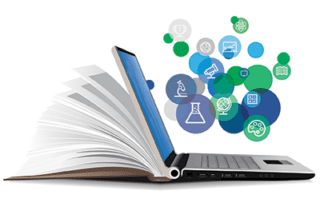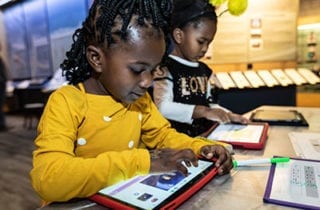Presented by Steve Spangler, STEM Educator, Steve Spangler, Inc.
Moderated by Stephen Fite, President and Artist, Melody House Inc.
Presented by Prof. Raz Kupferman, Co-founder and Chief Scientist, Matific
Presented by Alan Downward, Ph.D., Senior Staff Scientist, Flinn Scientific
Presented by Lyn D. English, Professor of STEM Education/Mathematics Education, School of Teacher Education and Leadership, Queensland University of Technology (QUT)
Presented by Karrie Berglund, Director of Education, Digitalis Education Solutions, Inc.; and Dave Cuomo, Education Specialist, Digitalis Education Solutions, Inc.
Moderated by Jim McVety, Managing Partner, First Step Advisors
Presented by Jim Pellegrino, Ph.D., Professor of Education, University of Illinois at Chicago; Christopher Lazzaro, Ph.D., Director of Science, New Meridian Corporation; Tricia Shelton, Director of Professional Learning and Standards Implementation, NSTA; and Matt Krehbiel, Director of Outreach, OpenSciEd
Presented by Lisa Cumming, Chemistry Teacher, Olmsted Falls High School (OH)
Providing science and math content online can be relatively straightforward, but engaging students in true distance learning requires more than just transmittal of information. Secondary students in particular need to be able to see and ask questions during laboratory experiments, or receive feedback when developing their own solutions to math problems. During a recent edWebinar, two experienced teachers explained how they made the transition from teaching in a classroom to remote instruction during the spring, and how they are prepared to teach online or in hybrid settings during the new school year.
In-person, online, or a hybrid classroom for the 2020-21 school year, there’s no one right way to teach science. But for all methods, safety should be the first priority along with helping students engage in the scientific process and relate the lessons to the real world. In the edLeader Panel, “Teaching Science and STEM in a COVID World Fully and Safely—Whatever the Learning Approach,” Dr. Mike Marvel, Chief Scientist at Flinn Scientific, and James Palcik, Director of Education, Safety, and Compliance at Flinn Scientific, helped teachers prepare for the fall by answering the key questions they’ve received about science in a COVID world.
One of the many challenges with distance learning is finding ways for students to engage in active and interpersonal learning experiences that increase their understanding of Science, Technology, Engineering, and Math (STEM). These types of activities are especially important because they can make abstract scientific concepts more accessible, and engage diverse learners in using engineering processes that are helpful for 21st century careers.


